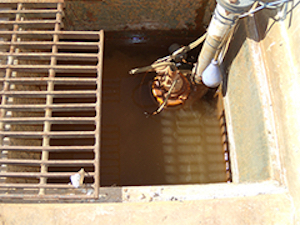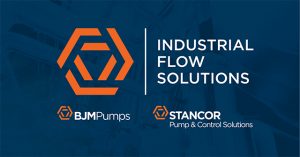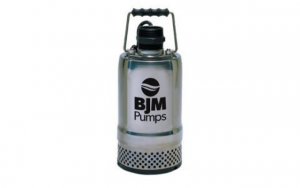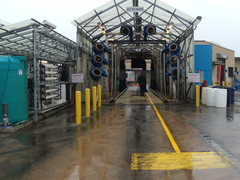The company is a rare-mineral exploration, development and production company. In 2010 it opened an ISR (in-situ recovery) mine in south Texas; it was  the first new ISR mine in the United States in five years. The facility extracts raw minerals from a sandstone formation and ships it to a nearby processing plant where it is refined.
the first new ISR mine in the United States in five years. The facility extracts raw minerals from a sandstone formation and ships it to a nearby processing plant where it is refined.
The Challenge
In ISR mining at the site, on-site groundwater fortified with gaseous oxygen is pumped into injection wells drilled deep into sandstone. The solution dissolves minerals from the host rock; it is recovered and brought back to the surface via production wells. Back at the surface, the solution—with the mineral in suspension—is pumped into ion-exchange columns (also called concentration tanks) where the mineral is stripped out of solution and “loaded” onto millions of resin beads. The resin-mineral material is then pumped into tanker trucks for shipment offsite.
Located at every concentration tank is a sump that collects a combination of process water and rainwater. Most of the process water comes from the washing of “socks,” large fine-mesh cotton bags that are installed on transfer hoses to filter sand, mud and other grit out of the solution before and after it is pumped into the injection wells. The water in the sumps—loaded with sand, mud and other grit from the “socks” as well as from the surrounding soil—must be pumped to waste water system and filter any solids before pumping the threaten waste water down to a deep disposal well for reclamation.
The Solution
Until 2011 the facility used two small submersible pumps that were not up to the job. Insufficiently powered, they also had rubber wear plates and other  components that failed under heavy use along with the barrage of the abrasive solids suspended in the mining solution.
components that failed under heavy use along with the barrage of the abrasive solids suspended in the mining solution.
BJM’s distributor, Texas Process Equipment, replaced the pumps with KZN37 Heavy-Duty Submersible Slurry Pumps from BJM Pumps. These 5-horsepower pumps have built-in agitators that fluidize solids into a slurry for complete pumping. They also have hardened components, including high-chrome iron agitators, wear plates and impellers to resist abrasive materials. The KZNs have run flawlessly since their installation, keeping up with the demand even during heavy rainstorms and easily resisting the grit. By early 2012 the company was using four KZN37s at the facility and was so impressed with the pumps’ performance that it had specified the KZN Series as the standard pump for the sumps in its operations.




